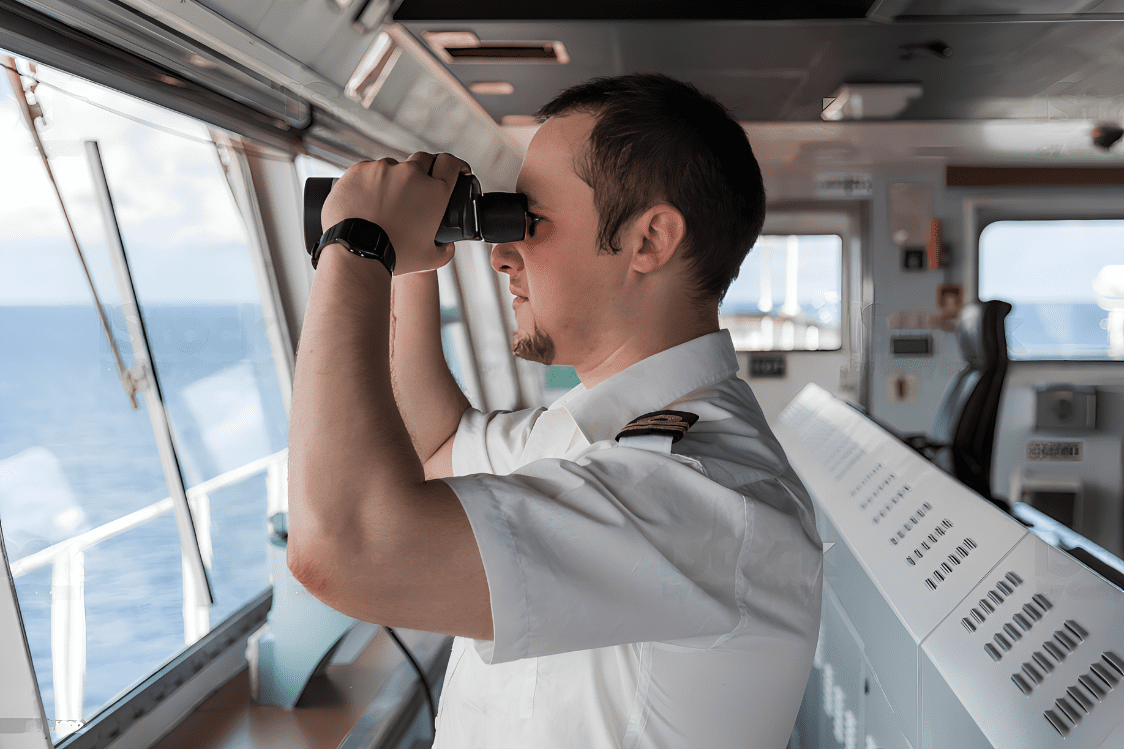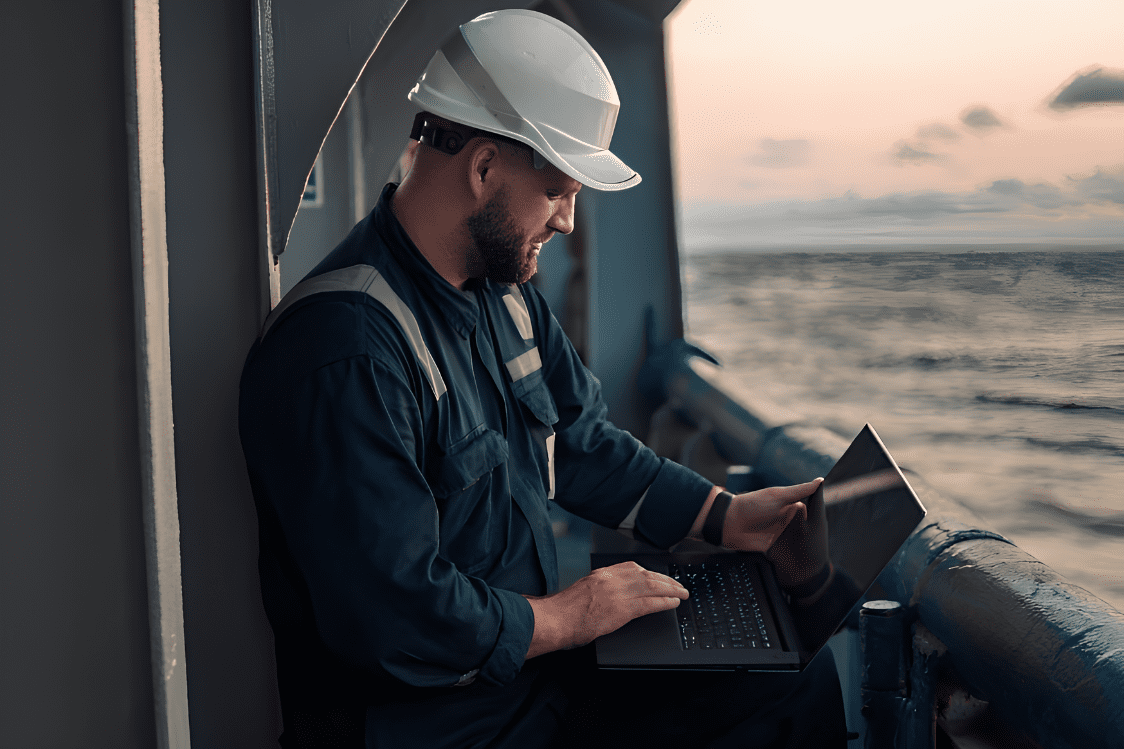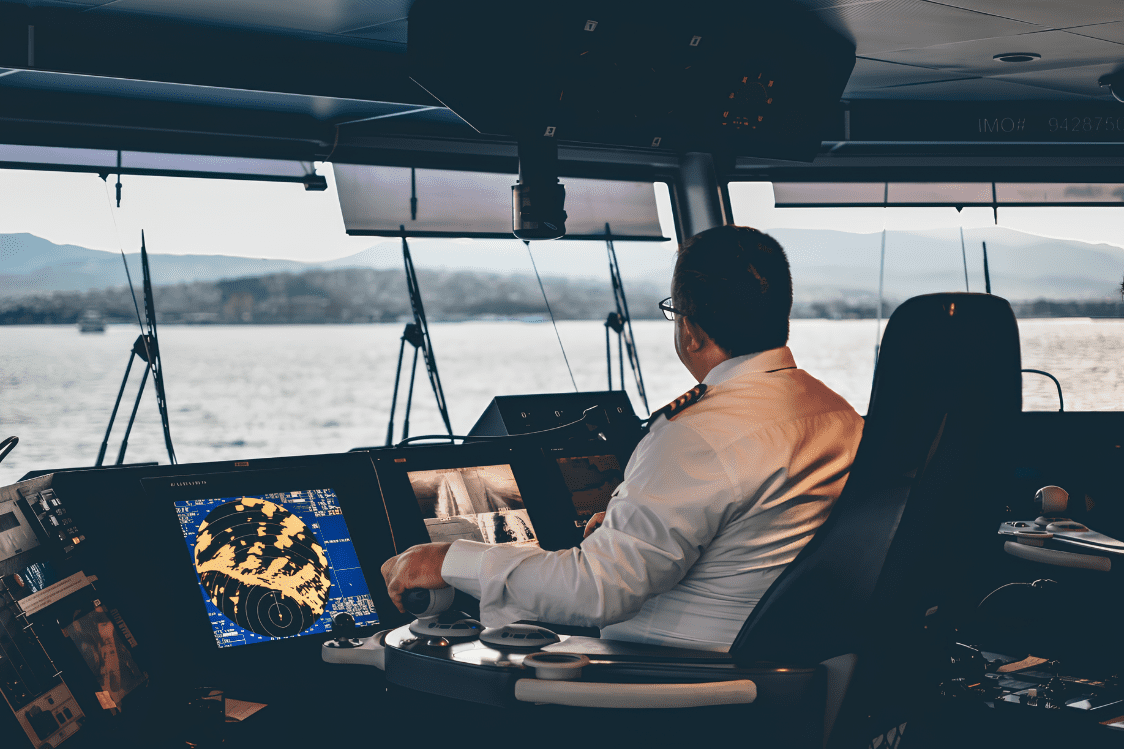Bridging the Ocean Divide: Enhancing Maritime Connectivity for Global Navigation
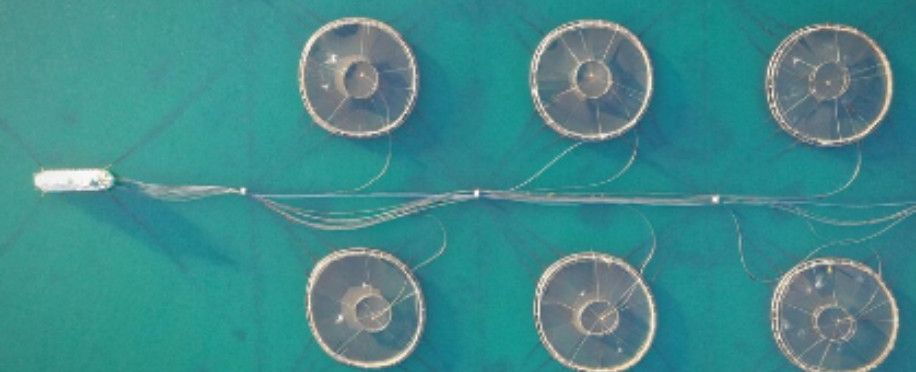
Posted on Apr 26, 2024 at 11:04 PM
Maritime connectivity is not only important on paper, it is a key factor in international economies, contributing to the economic growth of nations and ensuring safe maritime transport among countries
While lost at sea, vessels must heavily depend on sophisticated communication systems and technologies for smooth operations, data exchange, and the provision of essential services. This article covers the topic of maritime connectivity and explains the requirements and strategies to optimize it for smooth global navigation.
What is Maritime Connectivity?
Maritime connectivity means a constant and reliable communication of information, data, and services between vessels, the harbor authority, and all other participants in the shipping network.
It involves a complex system of interaction that involves various elements, specifically satellite communication, radio communication, data networks, and information-sharing platforms. Maritime connectivity is a platform that links ships with onshore resources, using real-time information, and effectively manages resources, operations, and helps in reducing incidents.
How does maritime connectivity happen?
Maritime connectivity is realized through a convergence of technologies, infrastructure, and standardized protocols, which makes it possible for ships to communicate and exchange information efficiently. We've gathered a few of the best methods that allow sea communications, these are:
Satellite Communication:
International satellite coverage, including the IOC, enables commercial and trade vessels to form a secure on-board connection anywhere in the world. Some providers for satellite communications are Inmarsat, ViaSat, Eutelsat, and Intelsat.
Ships are connected to the internet through what's called bands of high-frequencies that are designed to reach remote areas. To be particular, those who have a high bandwidth like Ku-band and Ka-band enable high-speed data transport, voice communication, and up-to-date weather forecasts.
Radio Communication
Vessels usually have Very High Frequency (VHF) and High Frequency (HF) radio transmitters on board, which they use to communicate among themselves, report to port authorities, and the coastal radio transmitters.
So what's the new trend? Companies are actually competing to develop the most uninterrupted wireless transportation of information between their fleet and ports, and they're doing that by enhancing their radio systems like the Digital Selective Calling (DSC),
Data Networks
Maritime connectivity depends on dedicated datalinks for facilitating the transit of the data between a ship crew, shore systems, and service providers. Taking into consideration where the ship is based and perhaps the high cost of high-tech equipment, mariners sometimes resort to Internet connectivity to provide access to important information, weather information, global navigational charts, and ship management systems.
Information Sharing Platforms:
The best approach to marine connectivity is the safest approach. Platforms such as automatic identification systems (AIS) and vessel traffic management information systems (VTMIS) remotely send vessel positions, traffic information, and alerts to the maritime authorities, vessel operators, and specific parties. Such tools contribute towards an enhanced understanding of the situation and more proactive decision-making.
How is maritime connectivity measured?
The Liner Shipping Connectivity Index (LSCI), according to the UNCTAD indicators, is a tool for ranking the maritime connectivity of container shipping regions by comparing countries and nations over time. It comprises components such as the number of shipping lines, vessel sizes, services connecting countries, total vessels deployed, and vessel capacity. For instance, China achieved a score of 100 in 2004 and 159 in 2017, illustrating its increasingly high level of connectivity.
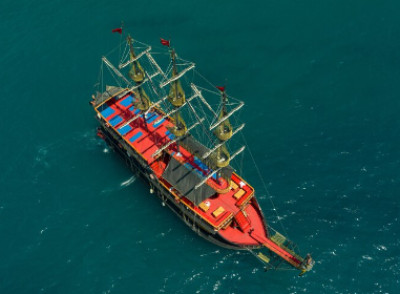
How can maritime connectivity be enhanced?
If you want to excel in this high-demand market and deliver passenger-satisfactory results, you need to keep your solutions evolving, technologies growing, and issues limited. However, how can this even be managed? Here are some insights into how an enhanced maritime connectivity developed:
-
Investment in maritime Infrastructure: Authorities, policymakers, and key players in the industry should invest in reliable and strong communication infrastructure such as satellite networks, radio systems, and data transmission capabilities. This facilitates connectivity across the whole ocean properties including the remote and deepest water sections of the oceans.
-
Adoption of Advanced Technologies: Plunging into the new-age technology like 5G, the Internet of Things (IoT), and the cloud could be a thrilling experience for the maritime industry. These technologies are tools for quick, lean transmission of data, which enables real-time monitoring and predictive analysis, which in turn helps with proactive maintenance and effective management.
-
Promoting a fast and reliable platform: choosing the best maritime connectivity platform MCP that suits your needs can have a positive impact on your connections, transforming them into seamless reliable, and safe platforms of communications
-
Continued learning: Education is also an essential utility in creating maritime connectivity. Maritime certification courses at London Maritime Academy can become a source of enhancement to professional industry skills and supplementary knowledge about the latest tendencies and technologies contributing to higher efficiency and safety onboard.
-
Cybersecurity Measures: Cybersecurity measures should be augmented to secure maritime communication and the threats to its connectivity. This ranges from robust authentication protocols, encryption, and regular security audits being the measures taken to deter any cyber threat that may lead to an interruption of communication or breach in security.
-
Implementation of sustainable solutions: can not only diminish the ecological footprint of the maritime business but also provide an opportunity for improving the organization's performance. Such measures include the development and application of renewable energy sources, endorsement of hydorgen fuel cells, together with waste reduction.
Maritime connectivity resides at the core of global navigation, underpinning and enabling the fluid process of communication, information, and services in the maritime industry. That's why it should continue to be integrated into all parts of the shipping journey.


